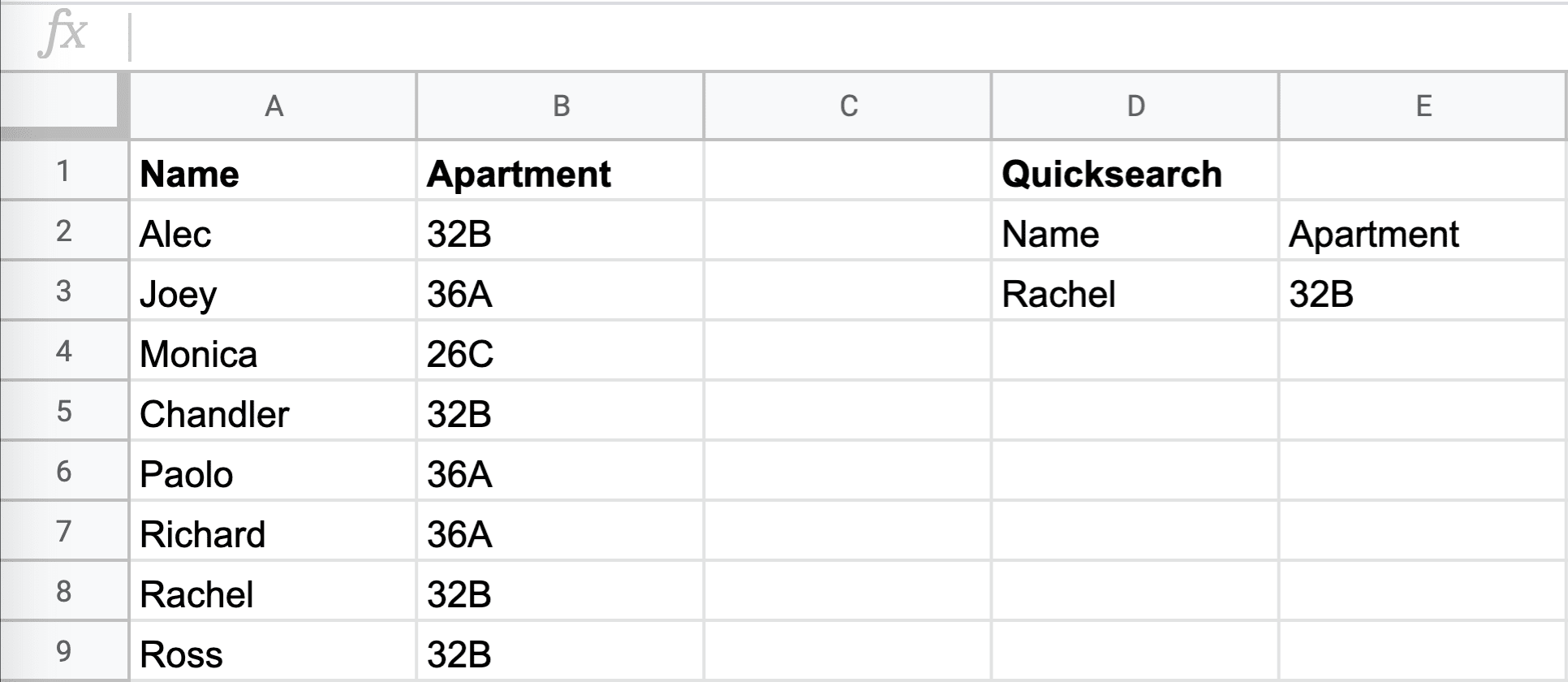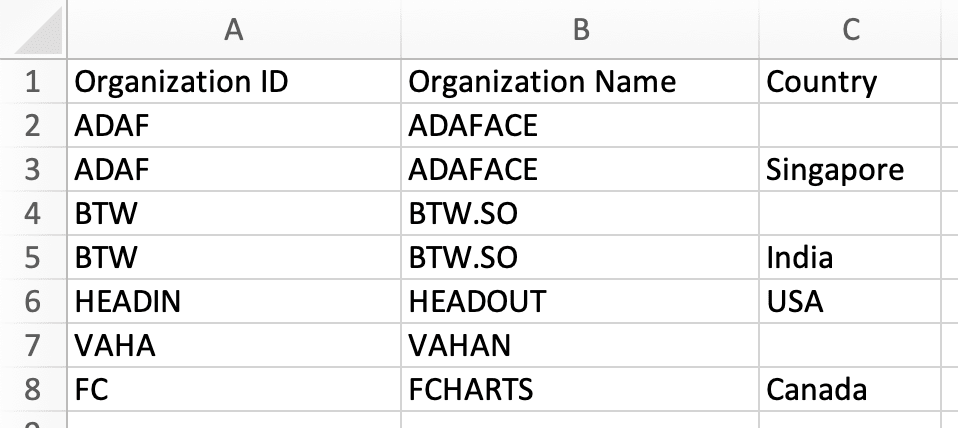Basic formulas (MATCH; INDEX): Basic formulas in Excel, such as MATCH and INDEX, allow users to search and retrieve specific values from a range of data. These functions are essential in organizing and manipulating data efficiently. Measuring this skill in the test helps recruiters assess the candidate's ability to navigate and utilize these fundamental formulas effectively.
Math formulas (SUM; MIN; AVG): Math formulas like SUM, MIN, and AVG are vital for performing calculations and summarizing numerical data in Excel. Measuring this skill in the test enables recruiters to evaluate the candidate's proficiency in basic mathematical operations and their understanding of data analysis techniques.
Advanced formulas (IF; VLOOKUP; HLOOKUP): Advanced formulas like IF, VLOOKUP, and HLOOKUP provide more sophisticated data processing capabilities in Excel. These functions allow users to perform conditional calculations, search for specific values, and retrieve data from different parts of a worksheet. Evaluating this skill in the test helps recruiters gauge the candidate's ability to handle complex data manipulations and problem-solving tasks.
Data types: Understanding various data types, such as text, numbers, dates, and times, is crucial in Excel. This skill involves recognizing and correctly formatting different data types to ensure accurate calculations and meaningful analysis. Assessing this skill in the test helps recruiters determine the candidate's proficiency in managing diverse data sets.
Analyzing data (Pivots; Filters;): Pivot tables and filters are powerful features in Excel for analyzing and extracting meaningful insights from large data sets. Having knowledge of how to create and manipulate pivot tables, as well as utilize filters, allows users to identify patterns, trends, and outliers easily. Measuring this skill in the test helps recruiters assess the candidate's ability to derive valuable information from complex data.
Visualizing data (Charts; graphs): Visualizing data through charts and graphs is essential for presenting information in a clear and visually appealing manner. Excel offers a wide range of chart types and customization options, allowing users to create impactful visual representations of their data. Measuring this skill in the test enables recruiters to evaluate the candidate's ability to communicate data effectively through visual elements.
Working with dates and times: Working with dates and times in Excel involves understanding date functions, formatting options, and performing calculations related to time intervals. This skill is essential for handling time-sensitive data accurately and efficiently. By assessing this skill in the test, recruiters can determine the candidate's proficiency in managing temporal data and performing date-based calculations.
Data validation: Data validation encompasses ensuring data integrity and accuracy by applying predefined rules and constraints to input cells. This skill involves setting up validation criteria, creating error messages, and implementing data restrictions. Measuring this skill in the test helps recruiters assess the candidate's ability to establish reliable data entry mechanisms and prevent erroneous inputs.
Error handling: Error handling refers to identifying and resolving errors that may occur in Excel formulas and functions. This skill requires understanding common error types, such as #VALUE!, #DIV/0!, and #REF!, and employing appropriate error-checking techniques. Evaluating this skill in the test enables recruiters to evaluate the candidate's ability to troubleshoot and fix formula-related errors, ensuring accurate data analysis.
Inserting and formatting tables: Inserting and formatting tables in Excel helps in organizing and presenting data in a structured format. This skill involves creating tables, applying formatting options, and customizing table designs. Assessing this skill in the test allows recruiters to gauge the candidate's proficiency in visually enhancing data tables and making them more user-friendly and accessible.
Sparklines and data bars: Sparklines and data bars are visual elements in Excel that provide concise representations of data trends within individual cells. This skill involves creating and customizing sparklines and data bars to convey information effectively. Measuring this skill in the test helps recruiters assess the candidate's ability to use these data visualization tools to enhance data analysis and presentation.
User form controls: User form controls in Excel include various interactive elements, such as buttons, drop-down lists, and checkboxes, that enhance user experience and simplify data input. This skill involves adding, customizing, and linking form controls to automate data entry and processing tasks. Evaluating this skill in the test enables recruiters to determine the candidate's proficiency in creating user-friendly interfaces and optimizing workflow efficiency.
3-Data Consolidation: Data consolidation in Excel refers to the process of combining multiple datasets into a single, unified dataset for analysis or reporting purposes. This skill involves leveraging consolidation tools and functions to merge data from different sources effortlessly. Assessing this skill in the test helps recruiters evaluate the candidate's proficiency in consolidating and managing diverse data sets effectively.
Automation with macros: Automation with macros involves using Visual Basic for Applications (VBA) to record and create scripts for automating repetitive tasks in Excel. This skill allows users to streamline workflows, improve efficiency, and enhance customization capabilities. Measuring this skill in the test helps recruiters assess the candidate's ability to create and implement macros to optimize data analysis and manipulation processes.

























































